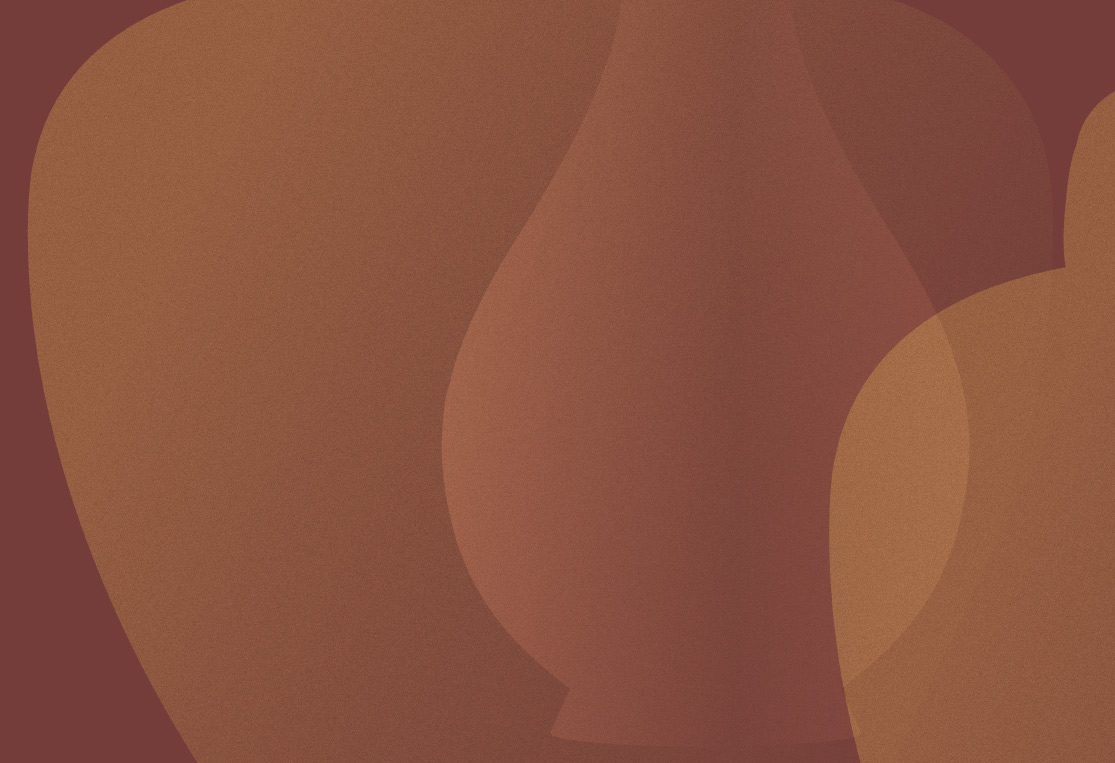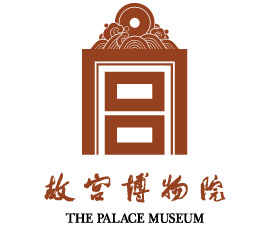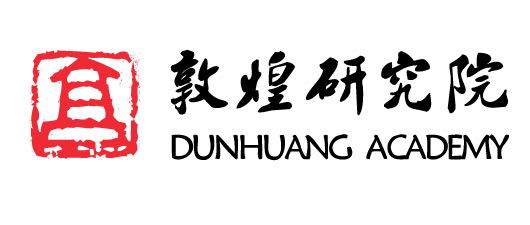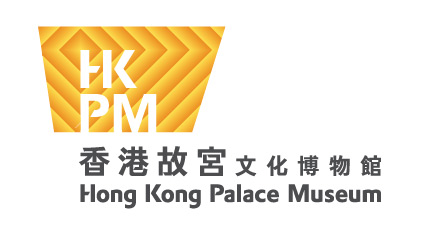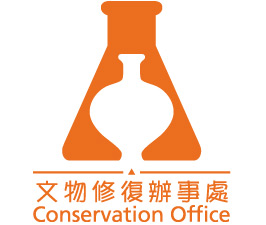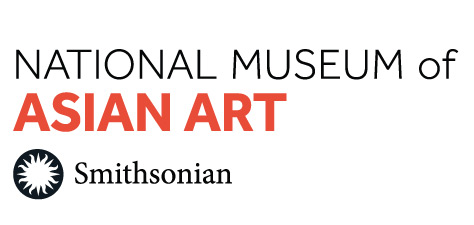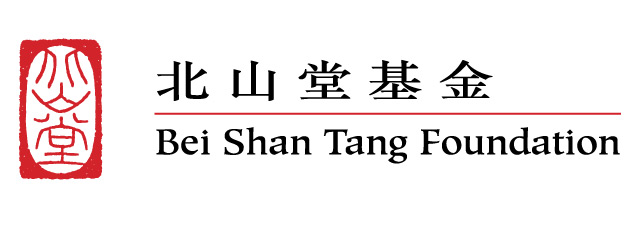Programme Day by Day

VISIT TO MUSEUMS AND CONSERVATION FACILITIES
The conservation laboratories of the Conservation Office and Hong Kong Heritage Museum of the
Leisure and Cultural Services Department
1 Man Lam Road, Sha Tin
The conservation studio and Gallery 2 of the Hong Kong Palace Museum
8 Museum Drive, West Kowloon Cultural District, Kowloon
09:15–10:00
Registration
Group A: LG/F, The Hong Kong Palace Museum
Group B: Hong Kong Heritage Museum
10:00–12:00
Visit
Group A:
Visit to the conservation studio and Gallery 2 of the Hong Kong Palace Museum
Xiangmei Gu, The Smithsonian’s National Museum of Asian Art
Zhichao Lyu, Jessie Liang, The Hong Kong Palace Museum
Group B:
Visit to the conservation laboratories of the Conservation Office and Hong Kong Heritage Museum of the Leisure and Cultural Services Department
Leung Shung Tin, Tang Man Wai,
Kam Yuen Kwan, Cheung Yuen Kuen,
Conservation Office, Leisure and Cultural
Services Department
14:00–16:00
Group A:
Visit to the conservation laboratories of the Conservation Office and Hong Kong Heritage Museum of the Leisure and Cultural Services Department
Leung Shung Tin, Tang Man Wai,
Kam Yuen Kwan, Cheung Yuen Kuen,
Conservation Office, Leisure and Cultural
Services Department
Group B:
Visit to the conservation studio and Gallery 2 of the Hong Kong Palace Museum
Xiangmei Gu, The Smithsonian’s National Museum of Asian Art
Zhichao Lyu, Jessie Liang, The Hong Kong Palace Museum

KEYNOTE SPEECHES AND ROUNDTABLE
The Hong Kong Jockey Club Auditorium, LG/F, The Hong Kong Palace Museum
8 Museum Drive, West Kowloon Cultural District, Kowloon
08:15–9:00
Registration
LG/F, The Hong Kong Palace Museum
8 Museum Drive, West Kowloon Cultural District, Kowloon
09:00–9:30
Opening Ceremony
KEYNOTE SPEECHES
The Current State and Future Directions of Chinese Art Conservation
Directors and conservation leaders from top-tier institutions around the world share their insights into the current state and future directions of Chinese art conservation.
09:30–10:00
Keynote Speech 1
10:00–10:30
Keynote Speech 2
10:30–11:00
Break
11:00–11:30
Keynote Speech 3
11:30–12:00
Q & A
14:00–14:30
Keynote Speech 4
14:30–15:00
Keynote Speech 5
15:00–15:30
Keynote Speech 6
15:30–16:00
Q & A
16:00–16:30
Break
16:30–17:45
ROUNDTABLE
International and Inter-institutional Collaboration in Chinese Art Conservation
Panelists

CONCURRENT AND PLENARY SESSIONS
The Hong Kong Jockey Club Auditorium, LG/F, The Hong Kong Palace Museum
8 Museum Drive, West Kowloon Cultural District, Kowloon
08:15–09:15
Registration
LG/F, The Hong Kong Palace Museum
8 Museum Drive, West Kowloon Cultural District, Kowloon
CONCURRENT SESSIONS | THE HONG KONG JOCKEY CLUB AUDITORIUM
New Conservation Facilities and Conservation Concerns for New Museums
Building new museums or expanding or renovating museums often brings immense pressure on all fronts. How do conservation specialists handle the monumental tasks of monitoring the environment and ensuring the safety of objects when they are handled, shipped, stored, or treated? How do they plan, establish, and upgrade conservation facilities? Speakers will share their firsthand experience of conservation in new and renovated museums, from planning to creating policies and standard operating procedures, team building, staff training, and facilitating cross-departmental collaboration.
09:15–10:15
Hong Kong Jockey Club Auditorium
Session 1:
Conservation in New Museums
10:15–10:45
Q & A
10:45–11:15
Break
11:15–12:00
Hong Kong Jockey Club Auditorium
Session 2:
Planning, Creating, and Upgrading
Conservation Facilities
12:00–12:30
Q & A
CONCURRENT SESSIONS | MAGNUS HALL
Chinese Conservation Traditions and Innovation
With unique methods and materials and rich cultural meanings, time-honoured Chinese traditional conservation techniques have long formed the bedrock of art conservation in China. These techniques are protected as national intangible cultural heritage. How do we preserve and carry forward these traditions? How do conservators combine Chinese traditional practices with international conservation concepts, methods, and materials today? Speakers will explore Chinese conservation traditions and innovative practices in the fields of painting, calligraphy, rubbing and object.
09:15–10:00
Magnus Hall Session 1:
Conservation Traditions and Innovation |
Painting, Calligraphy, and Rubbing
10:00–10:30
Q & A
10:30–11:00
Break
11:00–12:00
Magnus Hall Session 2:
Conservation Traditions and Innovation |
Object
12:00–12:30
Q & A
CONCURRENT SESSIONS | MERIT HALL
Multidisciplinary Collaboration in Conservation and Heritage Site Preservation
Multidisciplinary collaboration creates new possibilities for the conservation of historic artefacts and heritage site preservation. Speakers will demonstrate how knowledge from diverse fields, such as digital technologies, geology, material science, chemistry, and biology, can help create new methods and new directions in heritage site preservation, conservation of historic artefacts, and scientific research for conservation.
09:15–10:15
Merit Hall Session 1:
Multidisciplinary Collaboration in
Heritage Site Preservation
10:15–10:45
Q & A
10:45–11:15
Break
11:15–12:15
Merit Hall Session 2:
New Methods and New Technologies in
Conservation and Scientific Research
12:15–12:30
Q & A
PLENARY SESSIONS | THE HONG KONG JOCKEY CLUB AUDITORIUM
Innovative Public Education on Chinese Art Conservation
Conservation has gained great popularity with the public in recent years. Museums and conservation organisations are exploring creative ways to interest the general public, raise their awareness of conservation, and engage them to support conservation projects. Speakers will share their experience in developing and implementing innovative public education programmes on Chinese art conservation. Topics include content development, pedagogy, and school and community partnerships.
15:00–15:30
Q & A
15:30–16:00
Break
The Current State and Future Directions of Conservation Professional Training
A shortage of trained conservation professionals has become a pressing challenge, and a number of institutions face a “pipeline” issue with a widening gap between senior and junior conservation specialists. Speakers will share their experience in professional training to nurture future conservation experts in museums, conservation institutes, and universities. Topics include training mechanisms, curriculum design, teaching materials, pedagogy, teaching traditional techniques, and in ternational collaboration.
16:50–17:20
Q & A
17:20–17:35
Closing Ceremony

